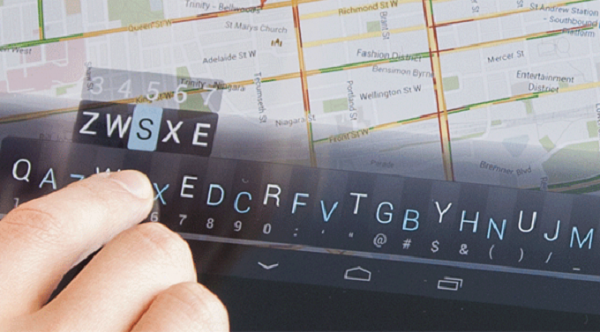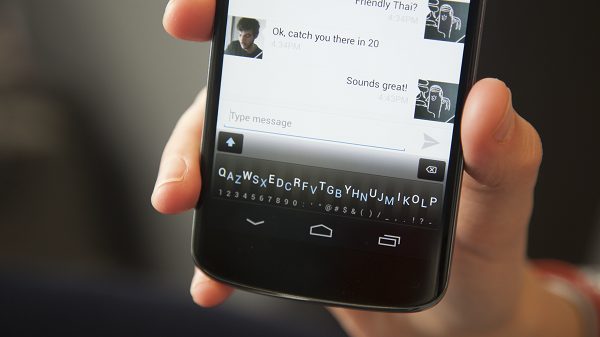Most of us are used to the standard QWERTY keyboard and would find any other format difficult to learn. Minuum Keyboard, which has recently entered beta, can be tested out by Android users who are looking for something revolutionary.
It’s hard to believe that there are teenagers or young adults in developed countries who still can’t get around the QWERTY format. Some of them might not be able to type quickly, but I’m pretty sure that they still know where most of the keys are located. Still, variety is not a bad thing, and this is where the Minuum Keyboard comes into play.

Minuum Keyboard focuses on practicality. As the QWERTY format is inherited from typewriters, using it was the natural thing to do a few decades ago. It even made its way in the digital age and as a result, it’s the most commonly used setup for mobile typing. Blame it on Remington, as it’s them who trademarked this format in 1873!
The main drawback of using this format for mobile typing is that both on smartphones and tablets QWERTY keyboards take up half of the screen. When using an IM client in landscape mode, for example, it’s impossible to tell whether people you’re talking to have written anything new or not while you’re typing. That’s exactly the problem that the Minuum Keyboard addresses and if we’re to take a look at its design, everything becomes rather obvious.

The keyboard developed by Whirlscape was imagined as a strip that’s located at the base of the screen. Above you can see Minuum used both on a tablet and a smartphone, so the developers don’t have any preferences in terms of devices.
Mind you, Minuum still has the QWERTY format at its base! It’s just that it features the same keys in the same order, but in a compacter way. Swype and Swiftkey (and Google Keyboard, as of recently) have made typing fast an easy thing to do, but this is also the case for Minuum, so why use a keyboard that occupies up to half of the screen when you can have one that can be resized?
[youtube http://www.youtube.com/watch?v=niV2KCkKmRw]
In April, the developers of the Minuum Keyboard listed their creation on Indiegogo. They considered that $10,000 should suffice for licking the keyboard into shape. Given that they raised $87,354, one could say that the project was quite popular.
If you liked this post, please check the Slice Keyboard for Android and Qii, a wireless flexible keyboard for smartphones.










